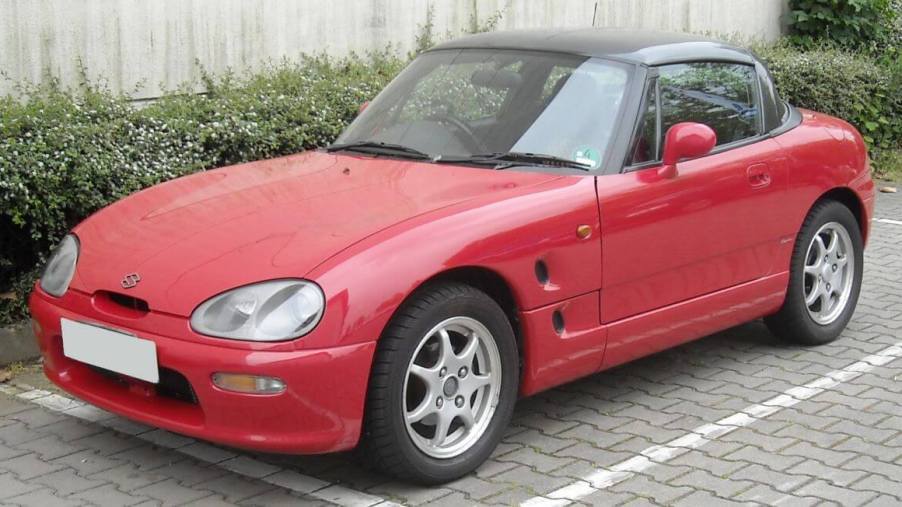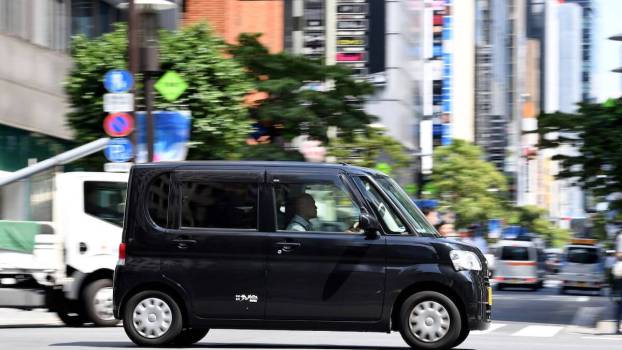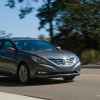
Is the Suzuki Cappuccino a Kei Car or Sports Car?
With its sporty stance, open top, and compact dimensions, the Suzuki Cappuccino resembles a miniature Mazda Miata. One thing’s for certain—this small Japanese car is a fun ride. While it may not produce blistering 0-60 times or set lap records, the Cappuccino—just like its coffee-inspired name—provides a rich, energetic experience.
So, is the Suzuki Cappucino a Kei car or a sports car? Let’s take a closer look and see which category suits it best.
Kei car vs. sports car: What’s the difference?
Kei cars and sports cars have unique attributes tailored to their specific niche.
According to MotorTrend, the Japanese Kei car—or “light automobile”—first appeared after WWII, when the government and auto manufacturers recognized the need for more affordable vehicles. Besides a low starting price, Kei cars also brought tax and insurance incentives. As the smallest cars available–with only 150cc engines–these tiny machines could navigate the tightest roads and cities.
Today, Kei cars use up to 660cc engines, with most incentives gone due to the move toward EVs. With the addition of turbocharging and modern tech, some of these tiny rides have a fun factor unlike anything. The Kei car is still a popular choice in its home country, where its design suits the surroundings to a tee.
On the other hand, sports cars focus on quick acceleration and taut handling, as described by Kelley Blue Book. Typically packaged in a two-door body style, sports cars feature appealing sheet metal to match their thrilling performance. Automakers optimize every component–like the engine, suspension, and brakes–for improved driving dynamics in every situation. Lightweight is also always a plus, improving the ever-important power-to-weight ratio.
Here’s why the Suzuki Cappuccino is a Kei car and a sports car
The Suzuki Cappuccino blends the qualities of a Kei car and a sports car for a go-kart-like driving experience. Drifted shows how with detailed specs.
Since the Suzuki Cappuccino is such a compact package, it’s a convenient, useful vehicle in crowded cities. Whether weaving through traffic or navigating a parking lot, the Cappuccino’s up to the task. That’s classic Kei car usability.
However, with a low curb weight of 1,598 lbs and a 660cc DOHC turbo engine, the Cappuccino also offers sporty handling and peppy acceleration. Rear-wheel drive and disc brakes give this Japanese Kei car excellent driving dynamics, while the removable top provides the thrill of open-air motoring.
Altogether, those qualities create a car with performance and practicality. Autozine provides additional background on this intriguing vehicle.
The Suzuki Cappuccino fits into many categories
The Suzuki Cappuccino isn’t confined to the Kei car category. Instead, with performance-oriented hardware, a coupe body style, and a removable hardtop, it fits into several.
With two doors, a front-engine layout, and RWD, the Cappuccino is also a sporty coupe. Additionally, it’s a convertible with a removable roof and rear window/rollbar. And, when you combine the Suzuki Cappuccino’s fun-to-drive nature with its open top, you’ve got the ingredients for a classic roadster.
Suzuki produced the Cappuccino from 1991-1998. If you’re looking for a Suzuki Cappuccino for sale, Auto Express has a helpful buying guide and review. For more on pricing and history, this in-depth article by Hagerty is a good resource.




